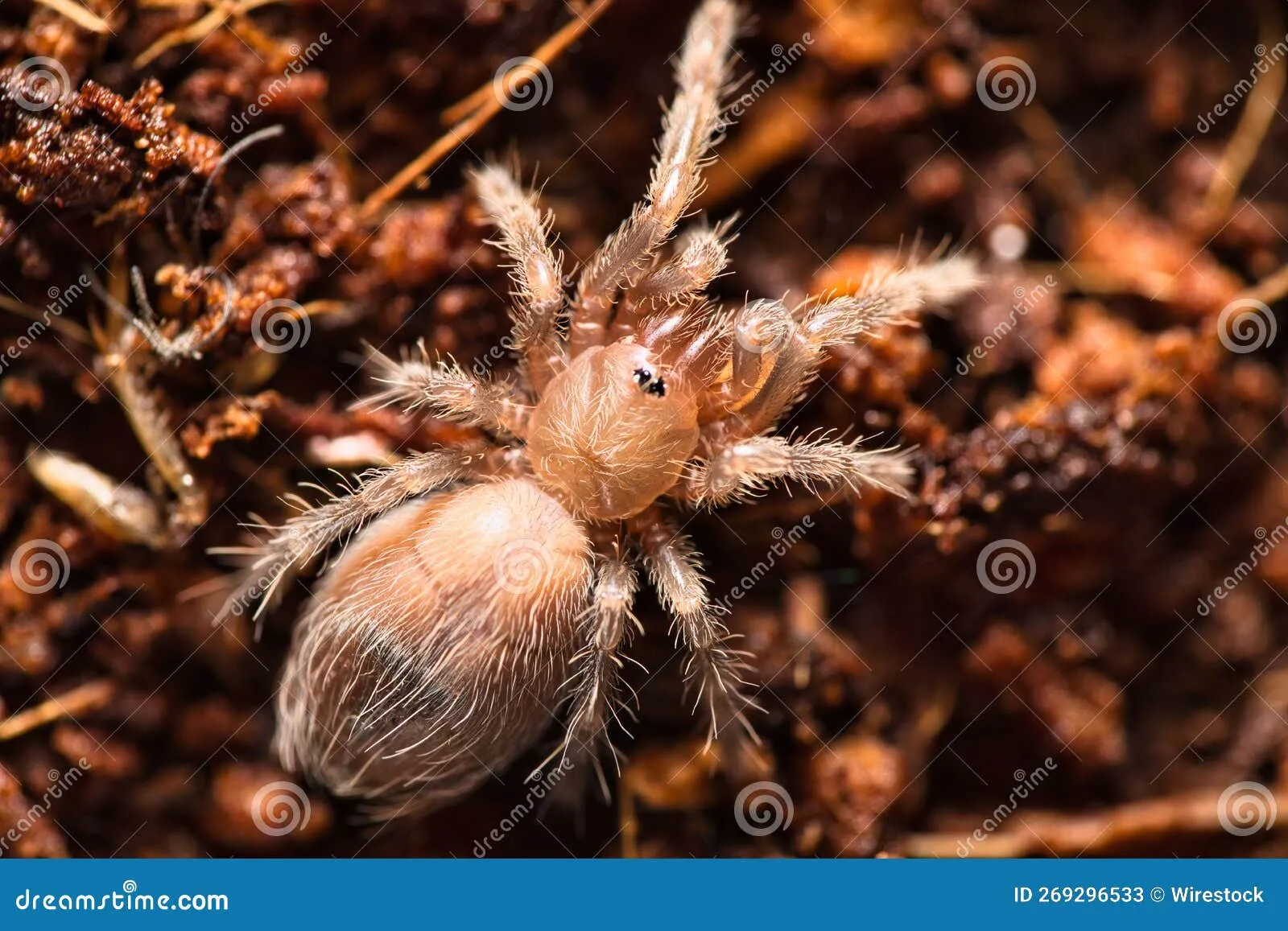What is a Baby Tarantula
A baby tarantula, often referred to as a sling, is a juvenile tarantula in its early stages of life. These tiny arachnids require specialized care due to their delicate nature. They are fascinating creatures, but their care differs significantly from that of adult tarantulas. Understanding the needs of a baby tarantula is crucial for ensuring its survival and healthy development. These miniature versions of their adult counterparts are captivating to observe, and with the right knowledge, you can provide the best possible environment for them to thrive. Baby tarantulas represent a commitment, requiring careful attention to their enclosure, feeding habits, and overall well-being. Their small size makes them susceptible to environmental changes, making it imperative to maintain optimal conditions. The rewarding experience of watching a baby tarantula grow into a magnificent adult is a testament to your dedication.
Understanding Baby Tarantula Needs
Baby tarantulas have unique needs that are vastly different from those of adult tarantulas. Their vulnerability stems from their size and the immaturity of their exoskeletons. Accurate temperature and humidity levels are vital for their health and development. It’s also very important to use appropriate food sources and feeding frequency to prevent complications. Baby tarantulas are also very sensitive to environmental changes. Careful handling is a must, as they are easily injured. Because of these challenges, understanding their specific requirements is the first step in successful baby tarantula care. Proper preparation and knowledge will set you up for a positive experience. Many keepers underestimate the critical details, and this can lead to problems. Baby tarantulas are a commitment, and should be taken seriously.
Choosing the Right Species
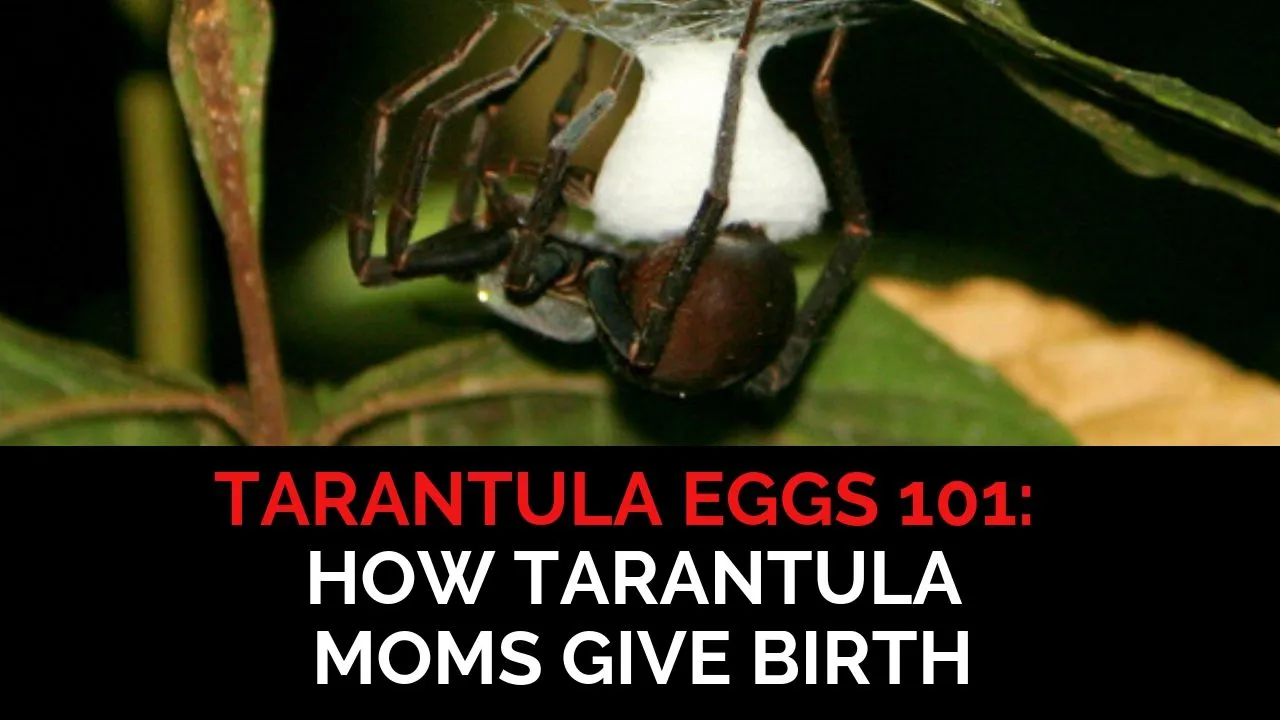
Selecting the correct tarantula species is the first step in successful baby tarantula care. Some species are better suited for beginners because of their temperament and care requirements. Researching different species will help you find a good fit for your experience level and resources. Consider the size, temperament, and origin of the species. Some species are more docile and easier to handle, while others are known to be more defensive. Availability and cost are also crucial considerations. Popular beginner-friendly species include the Pinktoe tarantula (Avicularia avicularia) and the Chilean Rose Hair tarantula (Grammostola rosea). These species are generally hardy and less prone to aggression. Always check the species’ specific care needs before making your selection. A good decision here will help you greatly with your baby tarantula.
Housing Your Baby Tarantula
Creating a suitable enclosure is essential for the well-being of your baby tarantula. The enclosure should provide a safe and stimulating environment that mimics its natural habitat. This includes the right size, substrate, and decor to ensure the baby tarantula is comfortable and secure. The proper enclosure setup will reduce stress and encourage healthy growth. Incorrect housing can cause problems like difficulty molting or even death. It’s an investment that pays off in the long run. The goal is to create an environment where your tarantula feels secure and has everything it needs to thrive. Consider the environmental needs of the specific tarantula species you have chosen.
Enclosure Size and Type
Baby tarantulas need appropriately sized enclosures to feel secure and to move freely. A small enclosure is generally preferred for slings. A small deli cup or a clear plastic container with ventilation holes is often suitable. As the tarantula grows, you’ll need to upgrade the enclosure size. The enclosure should be large enough for the tarantula to move around, yet small enough to prevent it from feeling overwhelmed. The enclosure’s design should be easy to clean and maintain. Ensure the enclosure has a secure lid to prevent escapes. The size of the enclosure is directly related to the size of your baby tarantula. The enclosure should provide a sense of security, reducing stress, and promoting healthy growth. Many keepers make the mistake of starting a baby tarantula in too large of an enclosure, which can be stressful for the tarantula.
Substrate and Decor
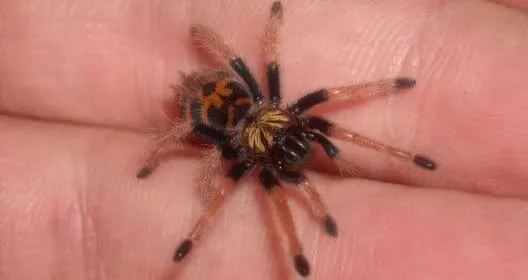
The substrate is the material that lines the bottom of the enclosure and is important for maintaining humidity and providing a natural environment. For baby tarantulas, a substrate that holds moisture well but doesn’t become waterlogged is best. Suitable substrates include coconut fiber, peat moss, or a mix of both. The substrate should be deep enough for the tarantula to burrow if the species is inclined to do so. Add a water dish that is shallow and easily accessible. Include a few hiding places such as a piece of cork bark or a small, overturned pot. The hiding places provide security and help the tarantula feel safe. Avoid sharp or abrasive decor that could injure the tarantula. The setup should be as natural as possible to help the tarantula thrive. Baby tarantulas are delicate creatures and have very specific needs in the enclosure.
Maintaining Humidity and Temperature
Maintaining the correct humidity and temperature levels is crucial for the health of your baby tarantula. The required humidity level varies depending on the species, but generally, most baby tarantulas thrive in humidity levels between 60-70%. You can monitor humidity with a hygrometer, which will help you make adjustments as needed. To increase humidity, mist the enclosure with dechlorinated water, but avoid spraying the tarantula directly. Temperature is also important. The ideal temperature range is generally between 75-85°F (24-29°C). Use a thermometer to monitor the temperature within the enclosure. Ensure that the enclosure is not exposed to direct sunlight, as this can cause overheating. Proper humidity and temperature levels are essential for the molting process. Incorrect levels can lead to molting problems or even death.
Feeding Your Baby Tarantula
Feeding your baby tarantula the right diet is essential for healthy growth and development. Baby tarantulas have specific dietary needs due to their small size and rapid growth. The food you offer must be appropriate for their size and nutritional needs. It’s a good idea to learn how to handle the food correctly so as to avoid any problems. The right food choice and feeding routine will contribute to the longevity of your baby tarantula. Baby tarantulas eat very small amounts, but it’s important to offer them food consistently.
Appropriate Food Choices

The diet of a baby tarantula should consist of appropriately sized insects. Good choices include flightless fruit flies, small pinhead crickets, or pre-killed mealworms. The size of the food should be no larger than the tarantula’s body. This makes it easier for the tarantula to catch and consume the prey. Variety in diet can be beneficial, but always ensure the insects are safe and free from pesticides. You should remove uneaten food within 24 hours to prevent the growth of mold or mites. Many keepers feed baby tarantulas small amounts of food. Always ensure that your food source is a healthy one. The appropriate food choices will help the tarantula grow and thrive.
Feeding Frequency
The feeding frequency for baby tarantulas is higher than that of adult tarantulas due to their rapid growth rate. Typically, you should feed your baby tarantula every 2-3 days. Observe your tarantula’s abdomen to ensure it is well-fed but not overly plump. A plump abdomen indicates a well-fed tarantula. Adjust the feeding frequency based on the species and the tarantula’s individual needs. After molting, do not feed the tarantula for a few days to allow its exoskeleton to harden. Regular feeding and observing your tarantula’s eating habits will allow you to learn the specific needs of your spider. Never overfeed your tarantula.
Watering and Hydration
Providing a source of water is essential for the health and survival of your baby tarantula. Baby tarantulas should have access to fresh, clean water at all times. Use a small, shallow water dish that is easily accessible and prevents drowning. Change the water frequently to prevent bacterial growth. In addition to a water dish, you can mist the enclosure lightly with dechlorinated water to maintain humidity. Always ensure the water source is clean and accessible. Hydration is very important for your tarantula, so make sure the water dish is appropriate for its size. Baby tarantulas will drink water if they need it, so having water available is crucial.
Handling and Safety
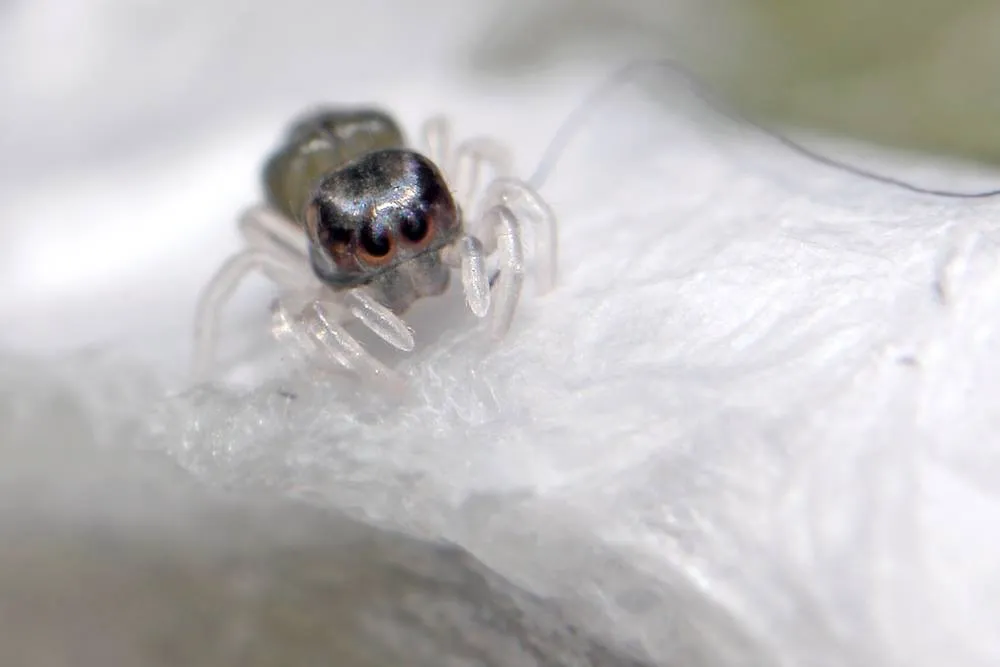
Handling a baby tarantula requires great care and caution. Baby tarantulas are delicate and can be easily injured if mishandled. Although many tarantulas are not inherently aggressive, a bite from any tarantula can be painful. The safety of the keeper and the tarantula should always be the top priority. The best practice is often to avoid handling altogether. Many people choose to observe their tarantulas without handling them. Handling should only be considered if you have a good reason, such as moving the tarantula to a new enclosure. If you choose to handle your tarantula, follow safety precautions to minimize risks.
When to Handle
Handling baby tarantulas is generally not recommended unless absolutely necessary. Their small size and delicate exoskeletons make them vulnerable to injury. Avoid handling a baby tarantula if it is close to molting, as they are particularly vulnerable at this time. Handling should only be considered if it is essential, such as when moving the tarantula to a new enclosure or for health inspections. Always assess the tarantula’s temperament before handling. Some species are more docile than others. If you must handle, do it over a soft surface to minimize the risk of injury if the tarantula falls. Baby tarantulas are sensitive, so it’s important to be mindful.
Safety Precautions
If you choose to handle your baby tarantula, take the following safety precautions. Handle the tarantula over a soft surface, such as a bed or a carpet, to prevent injury if it falls. Always wash your hands thoroughly before and after handling to prevent the transmission of any harmful substances. Never squeeze or drop the tarantula. Be calm and gentle in your movements. If the tarantula displays defensive behavior, such as raising its front legs or flicking hairs, immediately stop handling and allow it to return to its enclosure. Always be aware of the tarantula’s body language, and respect its boundaries. Safety should always be the priority.
Molting Process
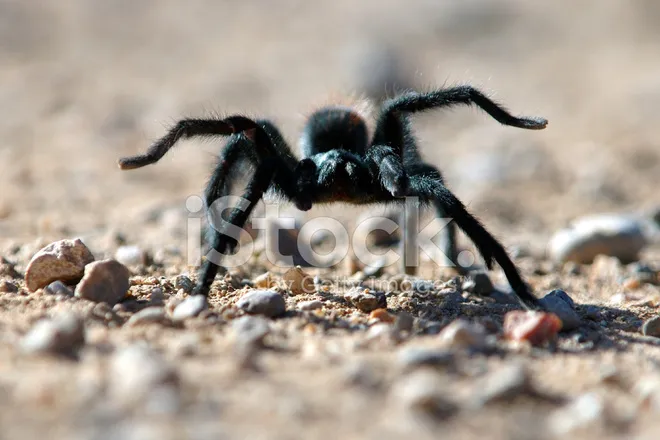
Molting is a natural process where a tarantula sheds its exoskeleton to grow. Understanding the molting process and how to care for your tarantula during this time is essential for its health and survival. Baby tarantulas molt more frequently than adults, which is a sign of rapid growth. The molting process can be stressful, so it’s important to be aware of the signs and how to assist your tarantula through this phase. A proper molting process shows that the tarantula is in good health. During molting, a tarantula is especially vulnerable. Understanding this process is critical for keeping a baby tarantula.
Recognizing Molting Signs
Before molting, a baby tarantula will exhibit several signs. These include decreased appetite, lethargy, and a change in color. The tarantula’s abdomen may appear darker or more translucent. You may also notice the tarantula spending more time in a specific location, often creating a web mat. The tarantula may also appear swollen or bloated. The time before molting can vary, but these are common indicators. If you observe these signs, avoid disturbing the tarantula as it prepares to molt. Learning to recognize these signs will help you provide the necessary care.
Caring for a Molting Tarantula
During the molting process, do not disturb the tarantula. Maintain the enclosure’s humidity and temperature. Provide a water dish, but do not mist directly. Avoid feeding the tarantula until its new exoskeleton has fully hardened. This can take several days. Once the tarantula has molted, it may appear pale and vulnerable. Do not handle it until its new exoskeleton has hardened completely. The tarantula’s fangs will be soft and can easily be damaged. After molting, the tarantula’s appetite will increase, and it will begin to eat more. Watch your tarantula carefully, and provide the right care to help it molt safely.
Common Health Issues
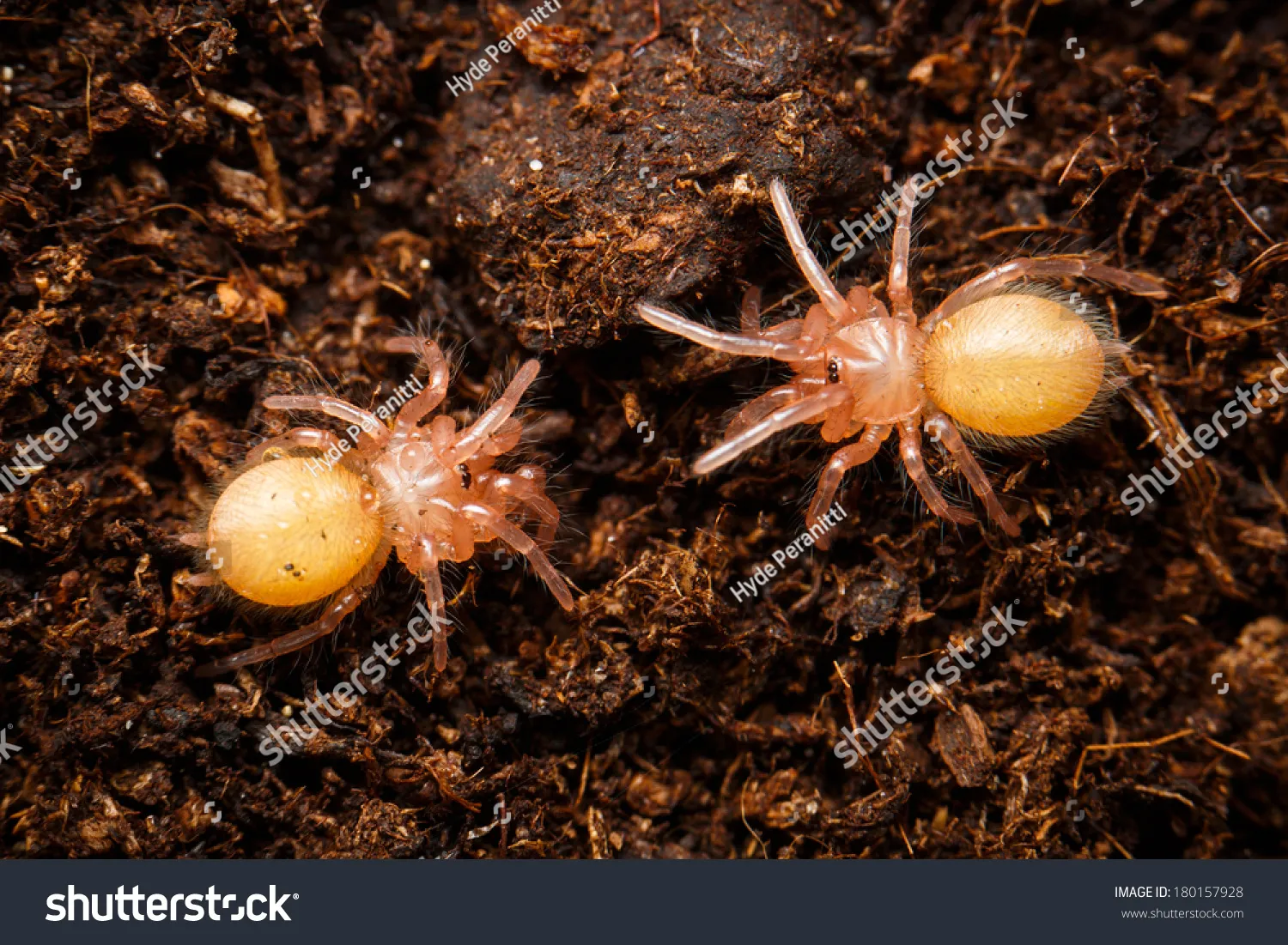
Baby tarantulas, like any pet, can experience health issues. Understanding common problems and how to prevent them will help you provide the best possible care. Regular observation of your tarantula’s behavior and appearance can help you catch any health problems early. The environment also plays a critical role in preventing health issues. Many problems can be avoided by maintaining correct temperature and humidity levels, as well as offering a good diet. With early detection and proper care, most health issues are treatable. Paying close attention to your baby tarantula’s well-being is key.
Recognizing Health Problems
Several signs can indicate health problems in a baby tarantula. These include lethargy, loss of appetite, and unusual behaviors. Other signs include difficulty molting, discoloration, or any physical deformities. If you notice any of these, consult a veterinarian or experienced tarantula keeper. A swollen abdomen or an inability to move normally are also cause for concern. Isolate the tarantula if there is an infection. Early detection of health problems is essential. If you notice anything unusual, don’t wait to seek professional help. The quicker you act, the better the chance of successful treatment.
Preventative Care
Preventative care is key to ensuring your baby tarantula stays healthy. Maintain the correct temperature and humidity levels for your specific species. Provide a balanced diet and avoid overfeeding. Ensure the enclosure is clean and free from any harmful substances. Regularly check the water dish and provide fresh water. Handle your tarantula as little as possible to reduce stress and the risk of injury. By following these simple steps, you can significantly reduce the risk of health issues. Provide a safe environment. Preventative care will help your tarantula live a long, healthy life. This approach is important for a pet baby tarantula.
